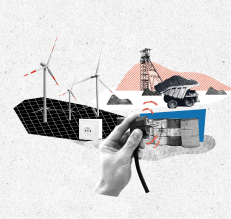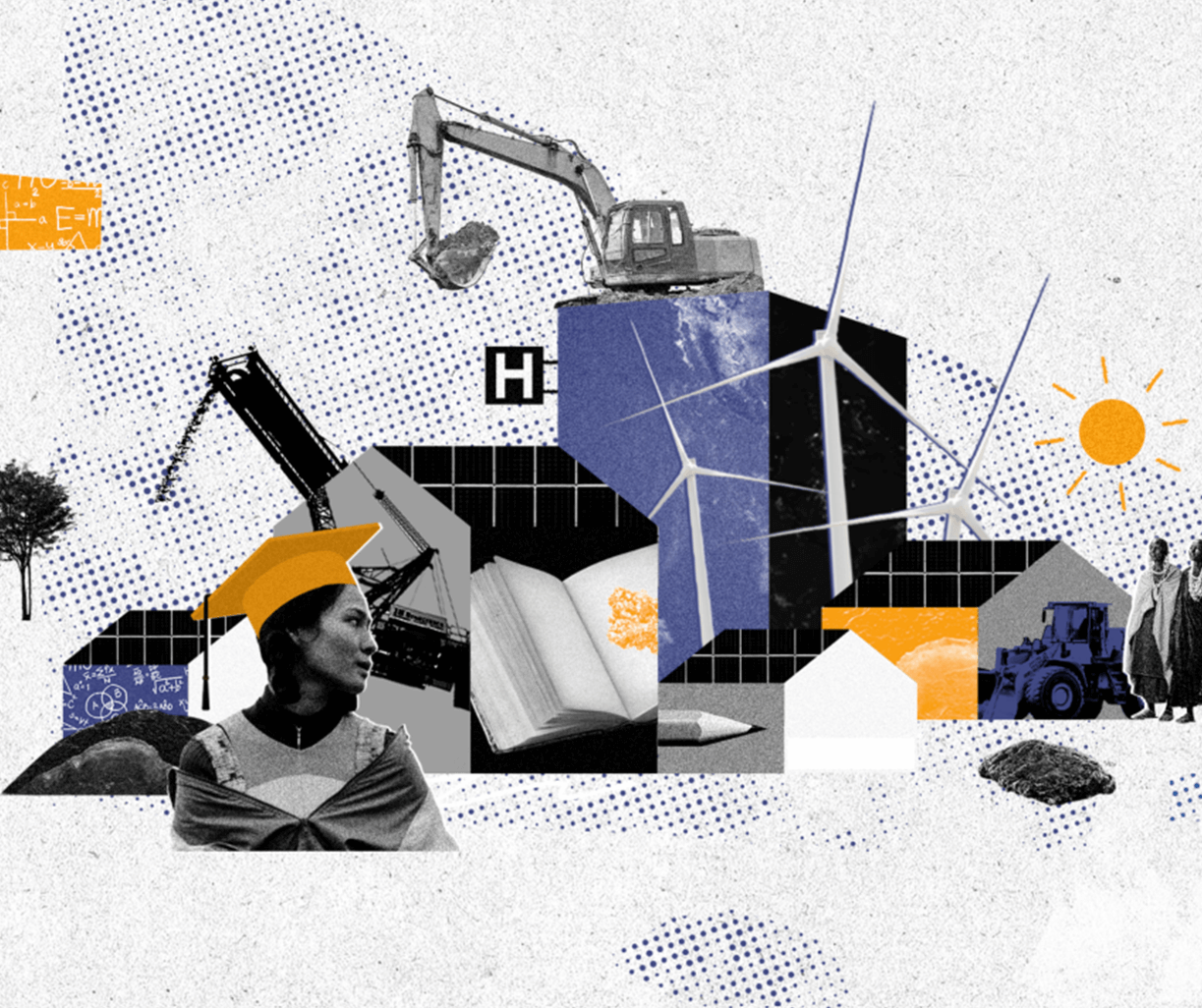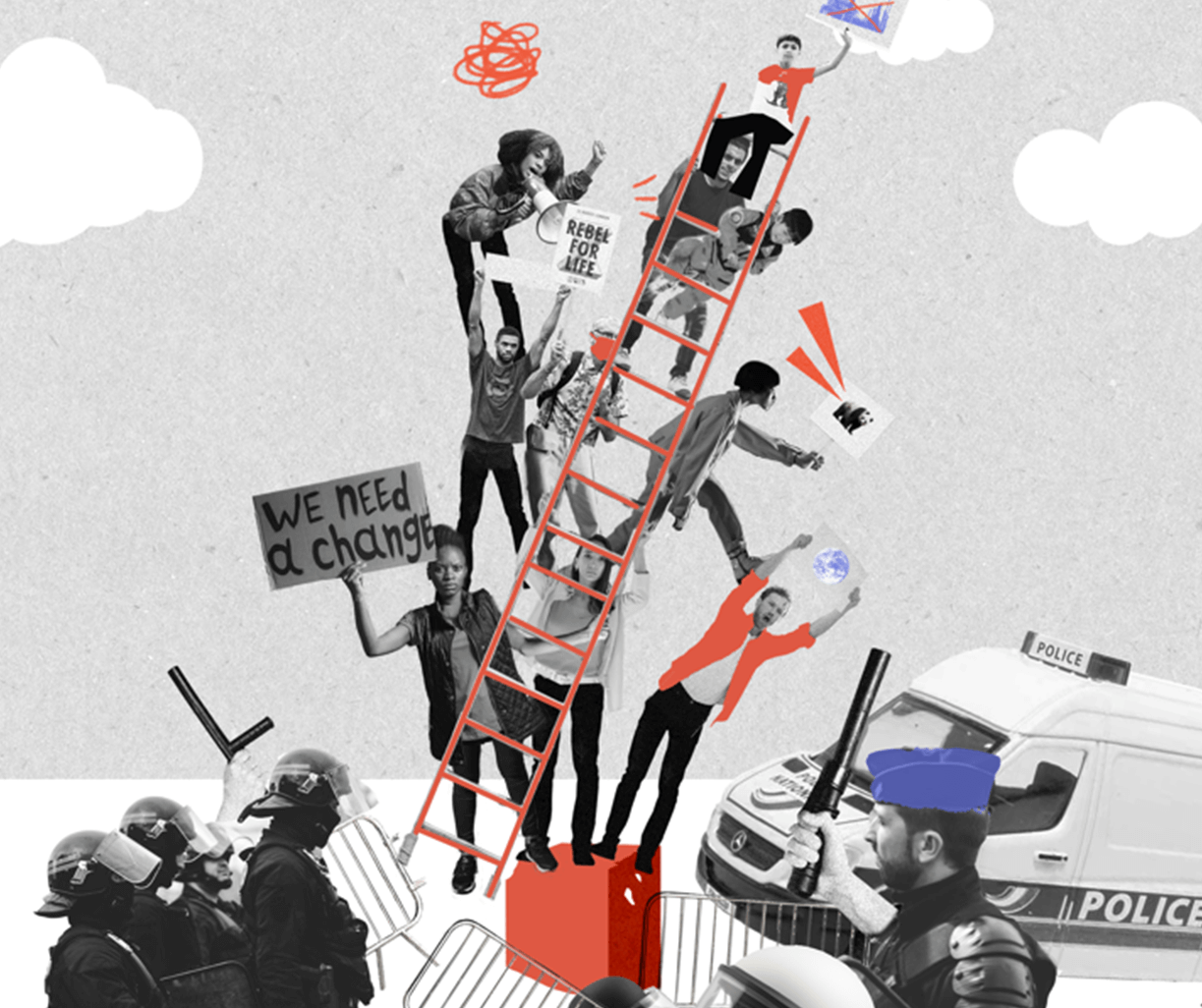The violent price of oil exploitation in the Middle East and North Africa
17 December 2010 marked the day when Tunisian street vendor Mohamed Bouazizi set himself on fire in the city of Sidi Bouzid; a desperate reaction against a corrupt government that took place in a resource-curse-ridden area of Tunisia.
On 27 January 2011, 16,000 Yemeni citizens took to the streets protesting Ali Abdallah Saleh’s corrupt rule of Yemen. Saleh was alleged to have amassed assets between $32bn and $60bn partly from his corrupt deals around gas and oil contracts where he reportedly asked for money in exchange for granting companies exclusive rights to prospect for gas and oil.
On 17 February 2011, Libyan people took to the streets to protest against Gaddafi’s rule that has left Libya, despite the country’s oil wealth (largest oil reserve in Africa with 48 billion barrels in oil reserve), with a falling economy and no less than 30 percent unemployment, coupled with an increasing cost of living.
By looking at the oil-rich region of the Middle East and Northern Africa (MENA), there is a noticeable cause and effect pattern between natural resource exploitation and conflict. Oil has been the source of numerous conflicts, unrest and corruption in MENA. All post-oil discovery revolutions in the region have been marked by a struggling economy or by corrupt governments that either abused the country’s natural resources or failed to promote good governance within the highly contentious extractive sectors.
Five years after the outbreak of the Arab Spring, the situation does not look much brighter. In fact, things may actually seem worse. Instead of facing one corrupt entity (often a dictator or a government), citizens in MENA countries are now dealing with multiple, often corrupt, entities with competing interests. The neatly drawn borders of the Sikes Picot agreement,a secret 1916 agreement between Great Britain and France, are fast disappearing under the heat and pressure of the revolutionists who are no longer abiding by the historically imposed borders. Instead a new era of defining borders and boundaries based on where oil resources are is looming over the MENA region.
Two days ago Eastern Libyan forces loyal to military leader Khalifa Haftar said they had re-established control over two oil ports. Haftar’s troops had seized the ports of Ras Lanuf and Al-Sidra in the so-called oil crescent along the coast. The Tripoli-based government of national accord is struggling to regain control.
Last month in Yemen, oil exports resumed at a smaller scale under the order of Abdrabu Mansour Hadi. The current government, backed by the Kingdom of Saudi Arabia, is still struggling to regain its control over all its oil-rich territories after the Houthis began attacking Yemen in 2014.
With ISIS trying to get hold of oil and gas resources to sell to the black market to nourish and enlarge its black empire, regions such as Kirkuk in Northern Iraq are continuously under attack. Kirkuk’s oil wealth has been attracting several attacks even before the ISIS era. During the Post Saddam Hussein era, Kirkuk was taken over by the Kurdistan regional government in an effort to enrich the Kurdistan regional government areas and increase its access to natural resources.
Between the struggle of the old and new regimes, the pre-revolution and post-revolution governments, the Sunnis and the Shiites, the Eastern block and the Western block, the people of the MENA region are standing on the edge of whatever is left of their finite natural resources, watching their oil either go up in flames or their gas smuggled and sold in black markets.
Mismanagement, lack of transparency and absence of accountability have led to people time and time again losing out from their natural resources. With the global revolution of the PWYP campaign gaining momentum now more than ever, will citizens of the Middle East and North Africa have a glimpse of hope to salvage what is left of their natural resources?
Could initiatives such as the Extractive Industries Transparency Initiative, Open Government Partnership, or mandatory disclosure rules be the tools that civil society in MENA can use to drill for peace?
On this International Day of Peace, we hope that rather than bearing the conflicts, misery and violence that have thus far accompanied the oil revolution, people will benefit from natural resource wealth and can look forward to peace. By sharing knowledge and experiences, and being able to rely on each other, PWYP members can use existing transparency initiatives and lessons learnt to participate in the increasing conflict-less exploitation of oil, gas and minerals.











